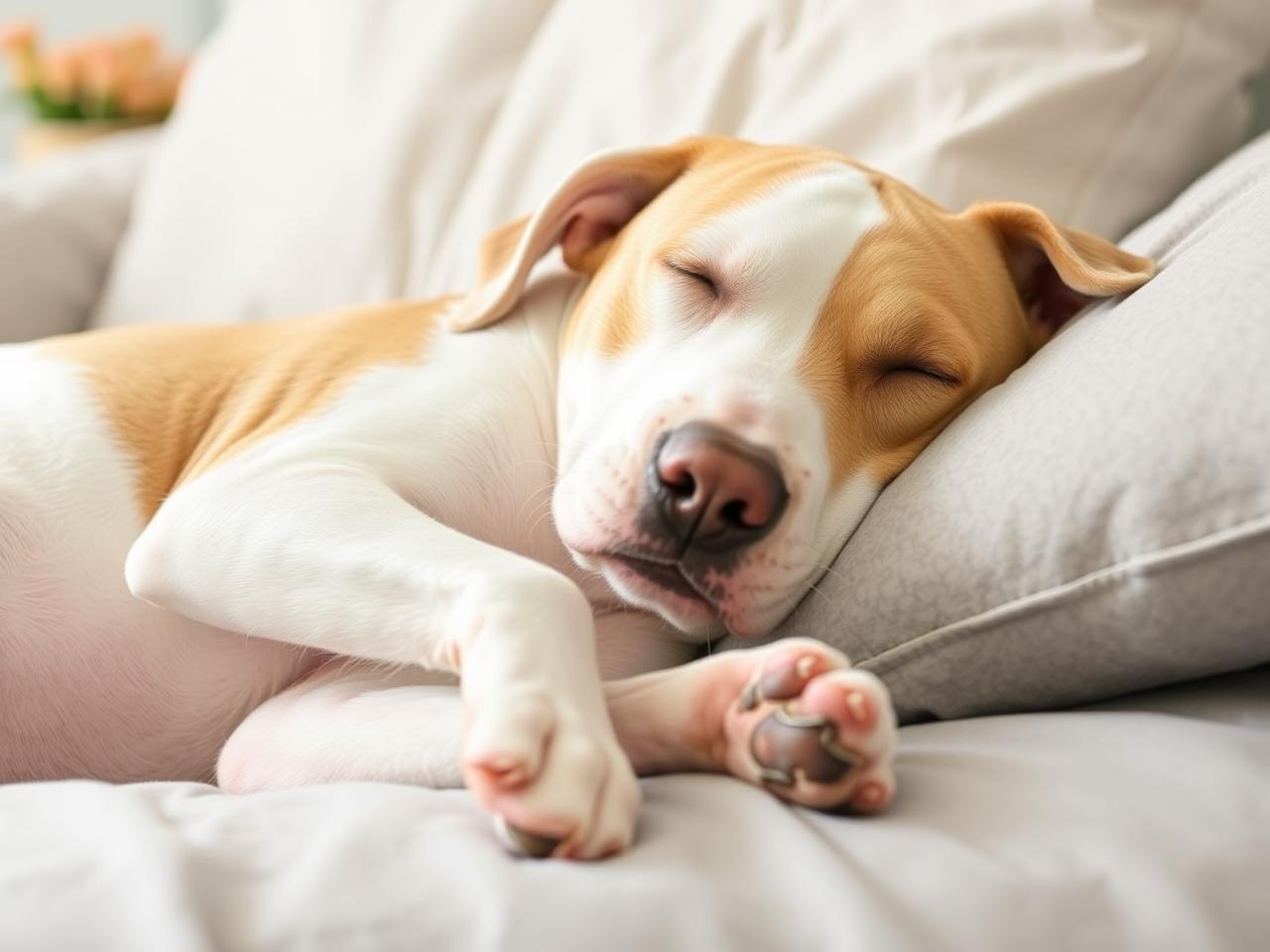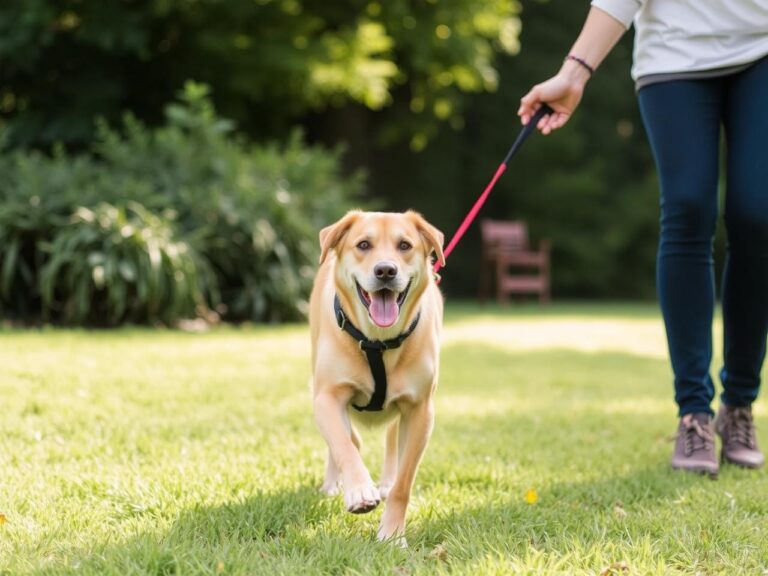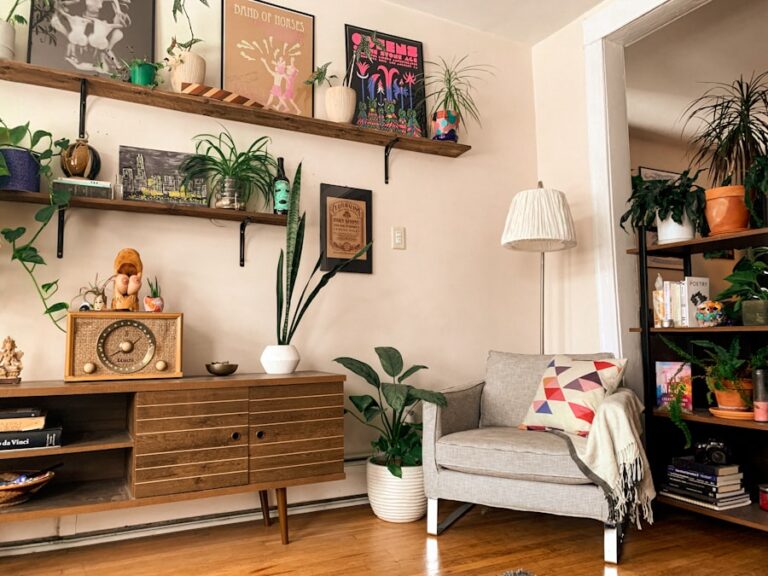What Your Pet’s Sleeping Position Says About Their Bond with You
When pets choose to sleep in close proximity to their owners, it often indicates a strong bond and a sense of trust. This behavior is commonly observed in animals that feel secure in their human’s presence. By sleeping near their owners, pets seek warmth, comfort, and physical closeness.
This action demonstrates their affection and desire for reassurance. Pets sleeping next to their owners can also signify a need for companionship. Many animals, particularly those with strong attachments to their humans, enjoy being in close contact.
This behavior is a manifestation of their loyalty and affection, reflecting the strength of the human-animal bond. The act of a pet curling up next to its owner during sleep is a natural instinct for many domesticated animals. It serves multiple purposes, including temperature regulation, feeling protected, and maintaining social connections within their perceived family unit.
This behavior is particularly common in dogs and cats, which have evolved alongside humans for thousands of years.
Key Takeaways
- When your pet sleeps curled up next to you, it signifies a strong bond and a desire for warmth and security.
- If your pet sleeps at the foot of your bed, it may indicate a protective instinct and a desire to guard and watch over you.
- Your pet’s preference for sleeping on your lap reflects a deep bond and a need for closeness and comfort.
- If your pet chooses to sleep in a separate room from you, it may indicate a sense of independence and a need for personal space.
- When your pet insists on sleeping in the same room as you, it shows a desire for companionship and a need to feel close to you.
The “Guardian”: Understanding the significance of your pet sleeping at the foot of your bed

Protective Instincts
This behavior is especially common in pets that are naturally protective or have been trained to be guard dogs. They feel a sense of duty to protect their owners, and sleeping at the foot of the bed allows them to keep a close eye on their surroundings and be ready to spring into action if needed.
Respect for Personal Space
Additionally, when your pet sleeps at the foot of your bed, it can also be a sign of their respect for your personal space. They understand that the head of the bed is your territory, and they choose to sleep at the foot as a way of showing consideration for your boundaries.
A Sign of Good Training
This behavior is often seen in pets that are well-trained and have a good understanding of their owner’s preferences. It’s a way for them to show their respect for you and your space, while still being close enough to keep an eye on things.
The “Loyal Companion”: How your pet’s preference for sleeping on your lap reflects their bond with you

When your pet prefers to sleep on your lap, it’s a clear indication of their strong bond with you. This behavior is often seen in pets that are affectionate and enjoy being close to their owners. It’s a way for them to seek comfort and security, as well as to show their love for you.
When your pet chooses to sleep on your lap, they are seeking physical closeness and reassurance, and they feel safe and protected in your presence. Furthermore, when your pet sleeps on your lap, it can also be a sign of their desire for attention and affection. They enjoy being close to you and find comfort in your touch.
This behavior is especially common in pets that have a strong attachment to their owners and enjoy spending time with them. It’s a way for them to show their loyalty and affection, and it’s a clear indication of the bond they share with you.
The “Independent Spirit”: Interpreting your pet’s choice to sleep in a separate room from you

When your pet chooses to sleep in a separate room from you, it can be a sign of their independent nature. Some pets prefer to have their own space and may feel more comfortable sleeping alone. This behavior is often seen in pets that are more independent and enjoy having their own territory.
They may prefer to have some distance from their owners while they sleep, and this is completely normal for some pets. Additionally, when your pet sleeps in a separate room from you, it can also be a sign of their need for privacy. Just like humans, pets also need their own space at times, and they may prefer to have some alone time while they sleep.
This behavior is especially common in pets that are more introverted or sensitive to noise and activity. It’s a way for them to find peace and quiet while they rest, without any disturbances from their owners or other pets.
The “Social Sleeper”: What it means when your pet insists on sleeping in the same room as you
When your pet insists on sleeping in the same room as you, it’s a clear sign of their need for companionship and security. Pets that prefer to sleep near their owners often feel more at ease when they can see and hear them during the night. This behavior is especially common in pets that have separation anxiety or are more social by nature.
They feel safer and more secure when they are close to their owners, and sleeping in the same room allows them to feel connected and protected. Furthermore, when your pet insists on sleeping in the same room as you, it can also be a sign of their desire for closeness and comfort. They enjoy being near you and find comfort in your presence.
This behavior is often seen in pets that have a strong bond with their owners and enjoy spending time with them. It’s a way for them to seek reassurance and affection, as well as to show their loyalty and love for you.
The “Attention Seeker”: Decoding your pet’s habit of sleeping on your chest or stomach
Seeking Attention and Affection
When your pet has a habit of sleeping on your chest or stomach, it’s a clear indication of their need for attention and affection. This behavior is often seen in pets that are more affectionate and enjoy being close to their owners. It’s a way for them to seek physical closeness and reassurance, as well as to show their love for you.
Comfort and Security
When your pet chooses to sleep on your chest or stomach, they are seeking comfort and security, and they feel safe and protected in your presence. Additionally, when your pet sleeps on your chest or stomach, it can also be a sign of their desire for warmth and closeness. They enjoy being near you and find comfort in your touch.
A Sign of Loyalty and Affection
This behavior is especially common in pets that have a strong attachment to their owners and enjoy spending time with them. It’s a way for them to show their loyalty and affection, and it’s a clear indication of the bond they share with you.
The “Nurturer”: Understanding the bond between you and your pet when they sleep on your back or behind your knees
When your pet chooses to sleep on your back or behind your knees, it’s a clear sign of their nurturing instincts. This behavior is often seen in pets that are naturally caring and enjoy being close to their owners. It’s a way for them to show their love and affection, as well as to provide comfort and warmth.
When your pet sleeps on your back or behind your knees, they are seeking physical closeness and reassurance, and they feel safe and protected in your presence. Furthermore, when your pet sleeps on your back or behind your knees, it can also be a sign of their desire for security and protection. They feel safe when they are close to you and find comfort in your presence.
This behavior is especially common in pets that have a strong bond with their owners and enjoy spending time with them. It’s a way for them to seek reassurance and affection, as well as to show their loyalty and love for you. In conclusion, the way your pet chooses to sleep can reveal a lot about their personality, needs, and the bond they share with you.
Whether they prefer to curl up next to you, sleep at the foot of the bed, or insist on being in the same room as you, each behavior reflects their unique traits and the special connection they have with you. Understanding these sleeping habits can help strengthen the bond between you and your pet, as well as provide insight into their emotional needs and preferences.
FAQs
What are the different sleeping positions of pets?
Pets can sleep in various positions, including curled up in a ball, stretched out on their side, on their back with their paws in the air, or even snuggled up next to their owner.
What does it mean when a pet sleeps curled up in a ball?
When a pet sleeps curled up in a ball, it may indicate that they are feeling vulnerable and seeking comfort and security. This position can also suggest that the pet is trying to conserve body heat.
What does it mean when a pet sleeps stretched out on their side?
When a pet sleeps stretched out on their side, it may indicate that they are feeling relaxed, comfortable, and secure in their environment. This position can also suggest that the pet is feeling content and at ease.
What does it mean when a pet sleeps on their back with their paws in the air?
When a pet sleeps on their back with their paws in the air, it may indicate that they are feeling completely relaxed, trusting, and secure in their surroundings. This position can also suggest that the pet is seeking attention and affection.
What does it mean when a pet sleeps snuggled up next to their owner?
When a pet sleeps snuggled up next to their owner, it may indicate that they have a strong bond with their owner and feel safe and secure in their presence. This position can also suggest that the pet is seeking closeness and companionship.






